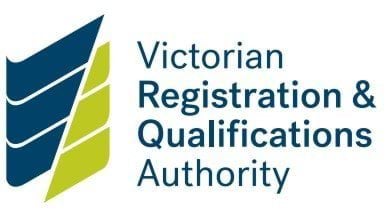About the Standard
Child safety and wellbeing is embedded in organisational leadership, governance and culture.
By building an organisational culture of child safety, non-school providers can help keep children safe.
This Standard seeks to create a culture of child safety through:
- information sharing
- recordkeeping
- governance arrangements
- preventing, identifying and mitigating risks to children.
This is important in an education setting where children will be learning alongside adults.
How to comply
A non-school provider must ensure that they:
- develop a Child Safety and Wellbeing Policy or review an existing child safety policy to ensure compliance with the new Standards
- have a Child Safety Code of Conduct with clear guidelines about behavioural standards and responsibilities of staff, volunteers and visitors in relation to child safety and wellbeing
- follow up on all breaches of the Child Safety Code of Conduct
- develop a risk register or review existing register that identifies and manages child safety risks and the risk of child abuse, and is contextualised to the providers’:
- student cohort, including vulnerable student cohorts (refer to Non-school providers - child safety in physical and online environments(opens in a new window))
- online and onsite environments
- offsite activities (for example, excursions, sporting events, workplace training, third-party providers)
- visitors, staff and volunteers
- adult learning environment
- seek parent or guardian consent for each excursion
- provide evidence the governing body reviews the effectiveness of risk management strategies (for example, in agendas or minutes of meetings)
- provide all staff and volunteers (as appropriate to their role) with training that covers information sharing and recordkeeping obligations
- create, collect and store documents relating to child safety incidents.
Examples of compliance
A non-school provider complying with this Standard may:
- publish its Child Safety and Wellbeing Policy and Child Safety Code of Conduct on its website
- ensure leaders promote a culture of child safety and reporting of all incidents
- ensure the governing body understands the Child Safe Standards and has appropriate, oversight of child safety at the provider
- annually review their risk register and risk management strategies for their effectiveness and to identify any new risks
- make sure that staff, and volunteers understand the requirements for:
- child safety information sharing
- recordkeeping.
Updated


